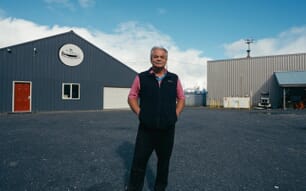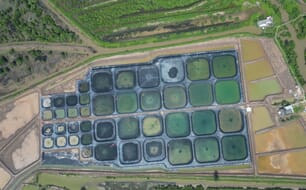The results, supplied by the by the Business Association of Marine Aquaculture Producers of Spain (APROMAR), are still lower than the increased production that was seen in 2009, but predicts chances of sustained growth in the coming years.
The total marketed production of marine species breeding in Spain in 2014 (except mussels) was 43,597 tonnes.
This amount is 11 per cent higher than the 39,291 tonnes in 2013.
The main species produced was seabass, with 17,376 tonnes (+ 18.1 per cent). Turbot produced 7,808 tonnes (+ 14.6 per cent), croaker 1,090 tonnes, flounder 551 tonnes, eel 366 tonnes, seabream 172 tonnes and shrimp 4 tonnes.
There are also production increases in abalone and seaweed.
By autonomous communities, Valencia was the biggest producer with 14,040 tonnes, Murcia with 9,434 tonnes, Galicia 8,188 tonnes, the Canary Islands 6,713 tonnes, Andalusia 4,191 tonnes and Catalonia 952 tonnes.
The overall value at first sale of this production reached €263.7 million, 17 per cent more than in the previous year.
By species: seabass €100.6 million, Golden €88.5 million, turbot €58.6 million, flounder €5.5 million, croaker €5.4 million, eel €3,4 million, seabream €1.7 million and shrimp €0.1 million.
The number of direct jobs marine aquaculture was 1,864. Of these, 1,663 are permanent and 201 temporary workers.
That figure is €2.5 lower than in 2013, despite the increase in production. Most employment figures were recorded in Galicia (552).
The number of farms with activities in fish farming aquaculture fish, shellfish (except mussels) and crustaceans in Spain rose from 94 in 2013 to 98 in 2014, spread over the whole state.
Of these, 67 were breeding facilities (33 nurseries located in the sea and 34 on land) and the rest of reproduction and pre-fattening.
With these results, Spain remains the top Member State of the European Union in total aquaculture production and the third in relation to the production of fish (after the United Kingdom and Greece).





